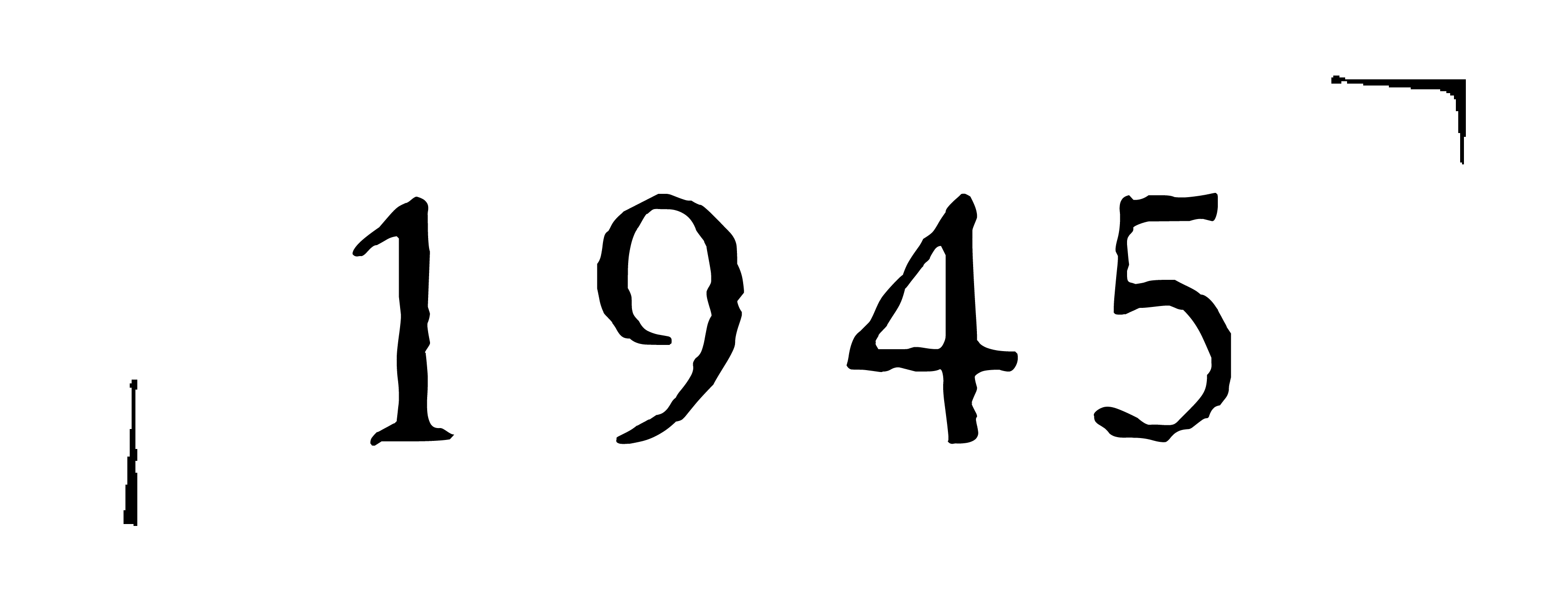The year 1945 is remembered differently in every country. For the Japanese, it is the year of the Jewel Voice Broadcast, when the emperor addressed his “subjects” for the first time after 14 years of conflict. For Americans, it is the year when WWII was punctuated by the atomic bombings of Hiroshima and Nagasaki, which effectively curtailed many more American and Japanese deaths. For those in Manchuria, it is the year when governing hands abruptly switched from the Imperial Japanese Army to Soviet-backed communist regimes, resulting in tens of thousands of war-displaced peoples and orphans. For many other Asian nations, it is the year of liberation from Japanese colonial rule and brutalities.
1945 is a documentary project by photographer Haruka Sakaguchi. What began as a portrait series of atomic bomb survivors in Hiroshima and Nagasaki – also known as hibakusha – evolved into a web project with in-depth testimonies, a historical timeline and resources to honor a rapidly aging hibakusha community. Although seven decades have passed since the bombing, the events of 1945 still affect international relations today. In fact, key aspects that led to the culmination of the atomic bomb attacks – ultranationalism, unilateralism, vast military spending – have reemerged in the previous decade. With current nuclear weapon stockpiles reaching over 15,000 – some over 3,000 times as powerful as the bomb dropped on Hiroshima – there is an ever pressing need to revisit the hibakushas’ testimonies.
(Note: Testimonies have been edited for length and clarity.)

